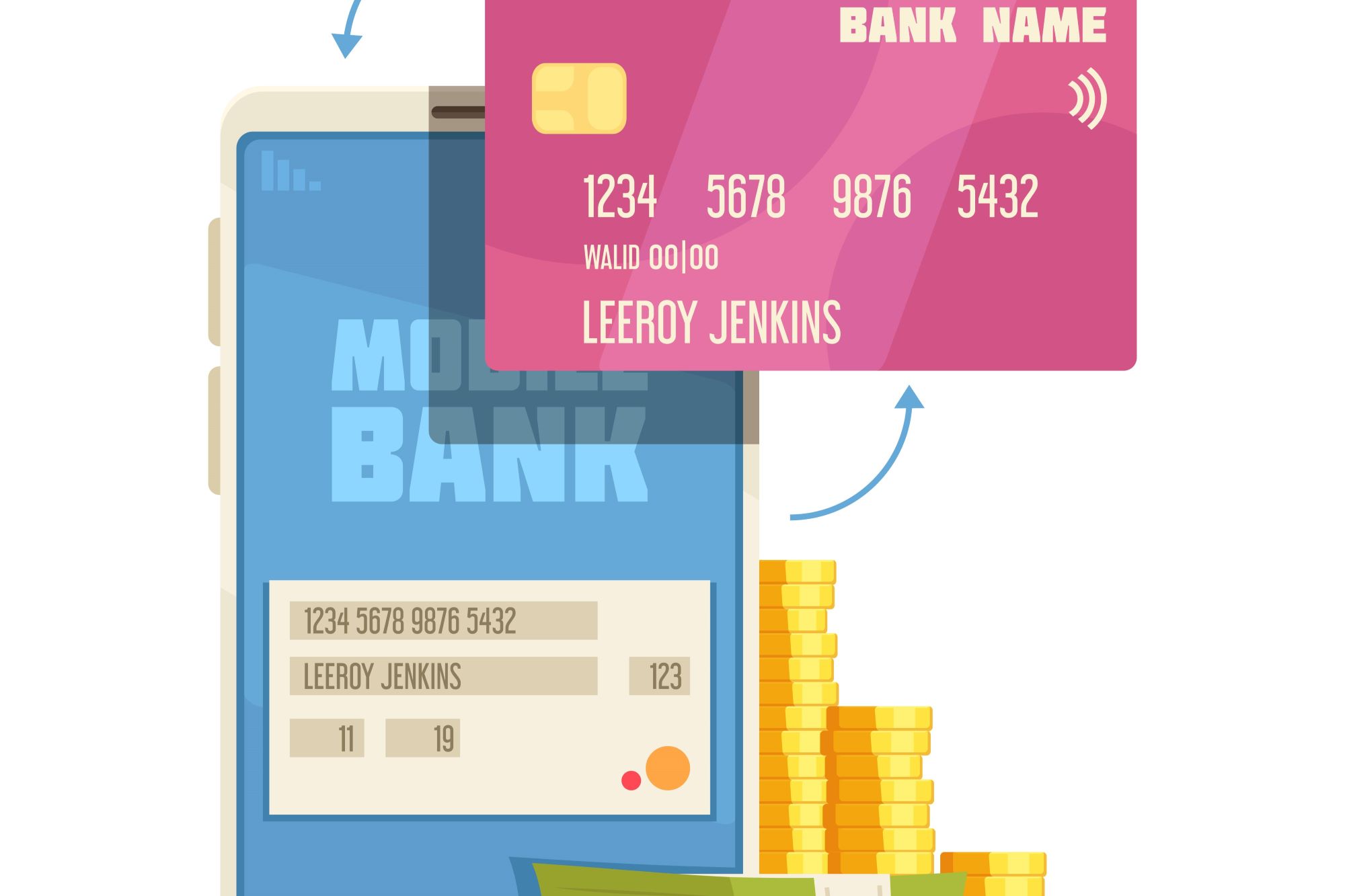Microloans are small loans typically offered to startups, small businesses, or individuals with limited access to traditional financial services. They are designed to provide the necessary capital to help businesses grow, cover operational costs, or purchase essential equipment.
Eligibility Criteria for Microloans
Common Requirements
When applying for a microloan, it’s crucial to meet certain common requirements that most lenders look for. Firstly, having a solid business plan is essential. This document serves as a roadmap for your business, outlining your goals, strategies, market analysis, and financial projections. A well-crafted business plan not only demonstrates your commitment to your venture but also shows that you’ve thought through the various aspects of your business. Additionally, proof of income is often required to ensure that you have the means to repay the loan. This could include tax returns, bank statements, or financial records that reflect your business’s profitability.
Another critical requirement is a good credit history. Lenders use credit scores to assess your financial reliability and risk. A higher credit score indicates that you’ve managed your finances responsibly in the past, making you a lower risk for lenders. In some cases, lenders might also require collateral or a personal guarantee. Collateral refers to assets that you pledge to secure the loan, such as equipment or property, which the lender can seize if you default on the loan. A personal guarantee means that you agree to repay the loan from your personal assets if your business cannot. Meeting these requirements can significantly increase your chances of loan approval.
Specific Criteria for Different Lenders
Different lenders have varying standards and specific criteria when it comes to microloans. Some lenders may place a higher emphasis on your credit score, while others might prioritize the viability and comprehensiveness of your business plan. For instance, a community lender might be more willing to work with you if you have a strong business plan and a clear vision for your business, even if your credit score is not perfect. On the other hand, a traditional bank might focus more on your credit score and financial history.
It’s essential to research and understand the specific criteria for each lender you are considering. Some lenders may also have additional requirements based on the type of business you run or the industry you are in. For example, a lender specializing in agricultural loans might require different documentation compared to one that focuses on technology startups. Understanding these nuances and preparing accordingly can help tailor your application to meet the specific expectations of the lender, thereby improving your chances of approval.
Preparing for a Microloan Application
Importance of a Solid Business Plan
A well-crafted business plan is a crucial element in the preparation for a microloan application. This document serves as your business’s blueprint and is essential for demonstrating to lenders that you have a clear and actionable strategy for your business’s success. Your business plan should include several key components: a detailed description of your business, an analysis of the market and competition, a clear outline of your business goals and objectives, and your strategies for achieving these goals. Additionally, it should include financial projections, such as income statements, cash flow forecasts, and balance sheets, which provide a clear picture of your business’s financial health and potential growth.
Creating a compelling business plan involves thorough research and careful planning. It should also highlight your business’s unique selling points and how you plan to address any potential challenges. By presenting a comprehensive and realistic business plan, you show lenders that you have a deep understanding of your business and the market it operates in. This can significantly enhance your credibility and increase your chances of securing a microloan.
Gathering Necessary Documentation
Another critical step in preparing for a microloan application is gathering all the necessary documentation. Having your paperwork in order can speed up the application process and demonstrate your preparedness and organizational skills to potential lenders. Here are some key documents you will need:
- Personal Identification: This includes documents such as a driver’s license or passport.
- Business Licenses and Registrations: Ensure your business is legally recognized and operating within the law.
- Tax Returns: Recent tax returns for both your business and personal finances.
- Bank Statements: Recent statements to show your financial activity and balances.
- Financial Statements: These include profit and loss statements, balance sheets, and cash flow statements.
- Debt Information: Details about any existing debts or liabilities your business has.
- Collateral Documentation: If collateral is required, provide documentation for any assets you are using as collateral.
Ensuring you have all these documents ready can help you avoid delays and show lenders that you are serious and prepared, which can positively impact your loan approval chances.
Improving Your Credit Score
Credit Scores
Your credit score is a significant factor in loan approval, reflecting your financial history and reliability as a borrower. It is a numerical representation of your creditworthiness, typically ranging from 300 to 850. Lenders use this score to evaluate the risk of lending you money. The higher your credit score, the more likely you are to be approved for loans with favorable terms. A good credit score indicates that you have managed your debts responsibly, making timely payments and keeping your credit utilization low.
Several factors contribute to your credit score, including payment history, amounts owed, length of credit history, new credit, and types of credit used. Payment history, which accounts for 35% of your score, is the most influential factor. It shows whether you have paid your past credit accounts on time. The amounts owed, making up 30% of your score, reflect the total amount of credit and loans you are using compared to your total credit limit. The length of your credit history, accounting for 15%, considers how long your credit accounts have been established. New credit and types of credit used each contribute 10%, reflecting recent credit inquiries and the diversity of your credit accounts, respectively.
Steps to Improve Your Credit Score
Improving your credit score involves taking several strategic steps to demonstrate financial responsibility. Firstly, pay off outstanding debts. Reducing your overall debt burden can significantly boost your score, as high balances negatively impact your credit utilization ratio. Aim to keep your credit card balances below 30% of your credit limit. This ratio is a critical factor in your credit score calculation and shows that you are not overly reliant on credit.
Secondly, ensure that you pay your bills on time. Timely payments are essential for maintaining a good payment history, which is the most significant factor in your credit score. Set up automatic payments or reminders to avoid missing due dates. Thirdly, avoid opening new credit accounts shortly before applying for a loan. Each new credit inquiry can temporarily lower your credit score, and opening multiple accounts in a short period can be seen as a sign of financial distress. Instead, focus on managing your existing credit responsibly.
| Step | Description | Impact on Credit Score |
| Pay off Outstanding Debts | Reduce overall debt burden to improve credit utilization ratio | Significant impact; lowers credit utilization ratio |
| Keep Credit Card Balances Low | Maintain balances below 30% of credit limits | High impact; shows responsible credit use |
| Pay Bills on Time | Ensure timely payments to maintain a good payment history | Very high impact; affects payment history |
| Avoid Opening New Credit Accounts | Limit new credit inquiries and accounts before applying for a loan | Moderate impact; reduces perceived risk |
Building a Strong Business Plan
Key Elements of a Business Plan
Creating a comprehensive business plan is essential for securing a microloan and guiding your business’s growth. The key elements of a business plan include:
- Executive Summary: This section provides a brief overview of your business, including your mission statement, product or service offerings, and basic information about your company’s leadership team, employees, and location. It should be concise and compelling, giving readers a snapshot of what your business is about and why it will be successful.
- Company Description: Here, you delve deeper into the details of your business. Describe the nature of your business, the marketplace needs that you are trying to satisfy, and how your products or services meet those needs. Include information about the industry, your business structure, and your goals and objectives.
- Market Analysis: This section requires thorough research to understand your industry, market size, expected growth, and key trends. Analyze your target market, including demographic information, buying patterns, and potential market share. Also, conduct a competitive analysis to identify your main competitors, their strengths and weaknesses, and your competitive advantage.
- Organization Structure: Outline your business’s organizational structure. Include details about the ownership of your business, profiles of your management team, and qualifications of your board of directors. Highlight the experience and skills of your team, showing why they are capable of leading your business to success.
- Product Line or Services: Describe in detail the products or services you offer or plan to offer. Explain the benefits of your products or services from the customers’ perspective. Include information on the product lifecycle, your research and development activities, and any proprietary features or patents.
- Marketing Strategy: Outline your marketing and sales strategies. Describe how you plan to attract and retain customers, including your pricing strategy, sales tactics, advertising and promotion plans, and customer service approach. Explain how you will measure the effectiveness of your marketing efforts.
- Financial Projections: Provide detailed financial projections, including income statements, cash flow statements, and balance sheets for the next three to five years. Include assumptions on which your projections are based, and explain your expected revenues and expenses. This section should demonstrate your business’s potential for profitability and financial stability.
Tips for Creating a Compelling Business Plan
To make your business plan compelling, ensure that it is clear, concise, and realistic. Use data and research to back up your claims, showing that you have a solid understanding of your market and industry. Here are some tips to help you create a compelling business plan:
- Be Clear and Concise: Avoid jargon and overly technical language. Write in a straightforward manner that is easy to understand. Your goal is to communicate your ideas clearly and effectively.
- Use Data and Research: Support your claims with data and research. Include market research, industry reports, and statistical data to substantiate your market analysis and financial projections. This adds credibility to your business plan and shows that your assumptions are well-founded.
- Set Realistic Goals: Be realistic in your projections and goals. Overly optimistic financial projections can undermine your credibility. Base your projections on historical data, market trends, and realistic assumptions.
- Highlight Your Unique Selling Points: Clearly articulate what sets your business apart from the competition. Explain your unique selling points and how they provide value to your customers. This could include proprietary technology, superior customer service, or a unique business model.
- Include Visuals: Use charts, graphs, and images to illustrate your points and break up the text. Visuals can make complex information easier to understand and keep readers engaged.
- Seek Feedback: Before finalizing your business plan, seek feedback from trusted advisors, mentors, or industry experts. They can provide valuable insights and help you identify any weaknesses in your plan.
By following these tips and including all the key elements, you can create a compelling business plan that not only helps you secure a microloan but also serves as a roadmap for your business’s future success.




